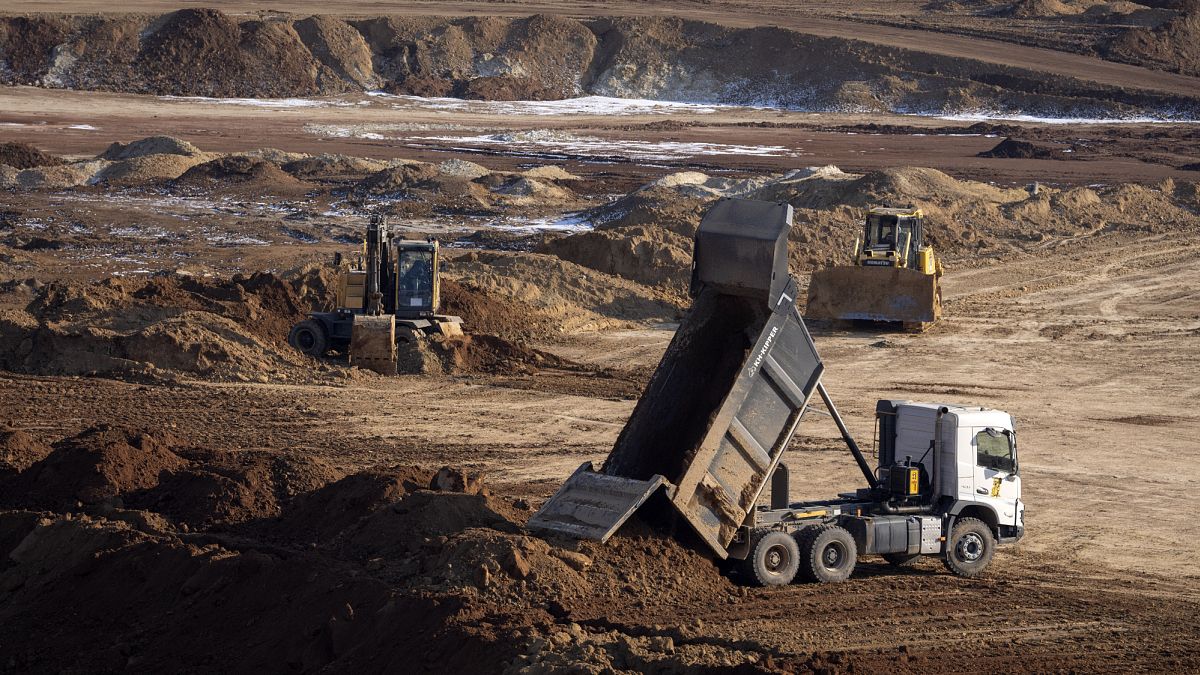There were 2.97 million non-fatal work accidents in the EU in 2022 and 3,286 fatal work-related accidents, according to the latest Eurostat data.
This represents a ratio of around 905 non-fatal accidents for every fatal accident.
However, compared with 2017, there were 4.6% fewer accidents.
Men were more likely than women to have an accident at work.
In 2022, around two out of every three non-fatal accidents at work in the EU involved men.
Between 2021 and 2022, there were fewer non-fatal workplace accidents involving men in the EU, down by 519.
However, the number went up for women, with 87,929 more accidents reported.
Manufacturing recorded the highest number of accidents in 2022, representing 18% of the total, followed by human health and social work activities at 15.8% and construction at 12.2%.
Across the whole of the EU, there were 1.66 fatal accidents per 100,000 employed people in 2022.
The highest rate of fatal accidents at work among EU countries was recorded in Malta, with 5.28 fatal accidents per 100,000 employed people, followed by France and Bulgaria.
By contrast, the lowest rate of fatal accidents at work among EU countries was seen in the Netherlands, Greece, Germany, Sweden, and Ireland.
Across the EU, there were 1,506 non-fatal accidents per 100,000 employed people in 2022.
Denmark, France, Portugal, and Spain registered the highest non-fatal accidents per 100,000 employed people.
Meanwhile, Romania and Bulgaria’s incidence rates were the lowest among EU countries, with fewer than 100 non-fatal accidents per 100,000 employed people.
Wounds and superficial injuries and dislocations, sprains and strains were the two main common injuries in the EU.
This was followed by concussion, internal injuries, and bone fractures.
Number of labour inspectors
Labour inspectors can play a key role in the promotion of a safe work environment and guaranteeing decent working conditions for all.
The number of these professionals has decreased worldwide between 2009 and 2022, while employment increased, according to the International Labour Organisation (ILOSTAT) data.
In 2021, European Trade Union Confederation (ETUC) research indicated that more than a third of European countries no longer meet the ILO’s standard of one labour inspector per 10,000 workers.
Germany has a total number of 6,009 labour inspectors, France has 2,175 labour inspectors and Spain has 2,115, according to the latest ILOSTAT figures.
“In some contexts, the type of contract, status, and working conditions of inspectors are worsening too, leading to a deskilling of inspectors often accompanied by cuts in equipment and material resources, affecting the effectiveness of the inspectorate,” ILOSTAT said.
Video editor • Mert Can Yilmaz













